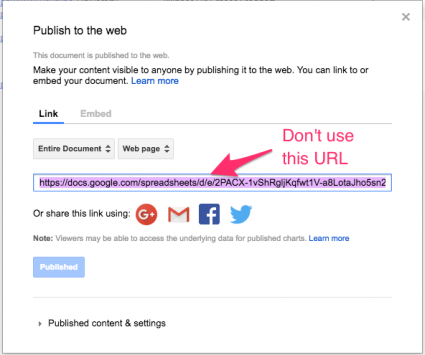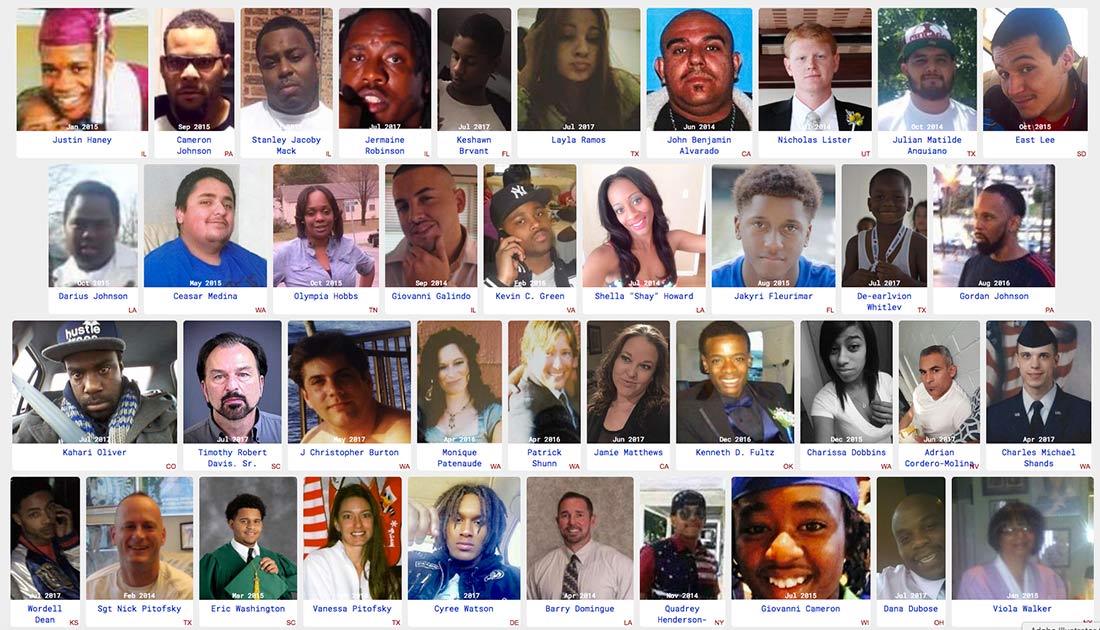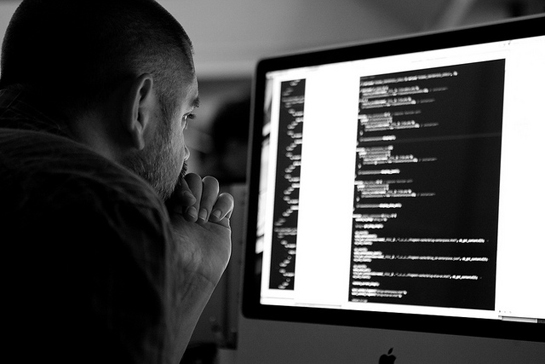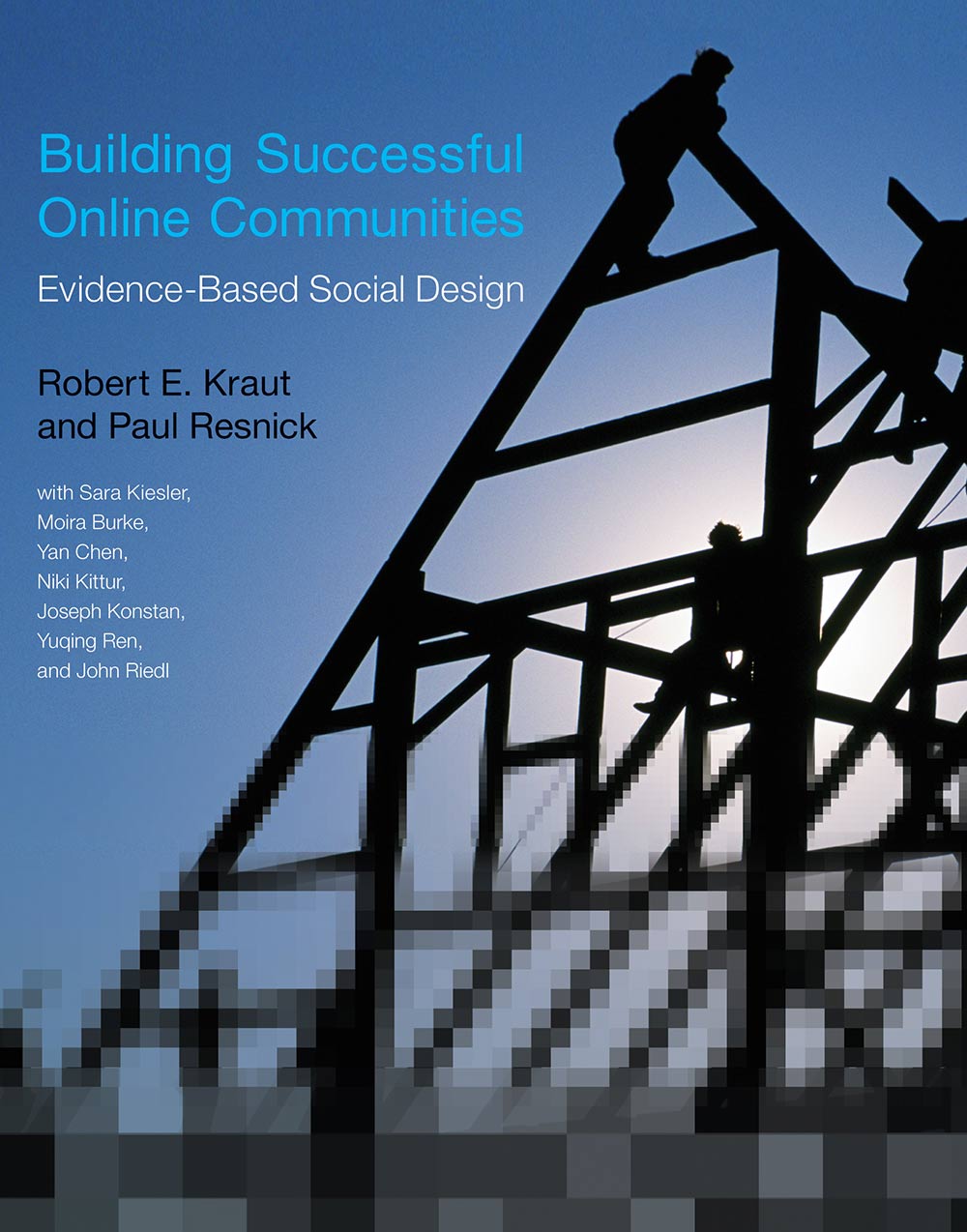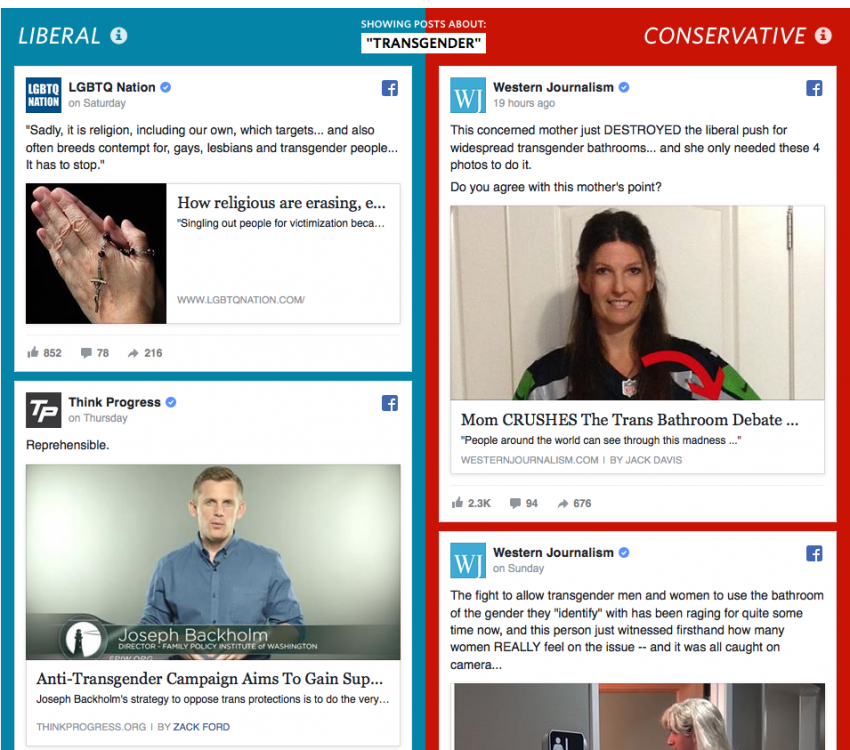A Google Spreadsheets change affecting TimelineJS users
Google recently changed something about their Sheets service which is causing many people to run into an error when they are making a new timeline. Note: there should be no impact on existing timelines! After this change, many of you click on the "preview" and get this message: An unexpected error occurred trying to read your spreadsheet data [SyntaxError] Timeline configuration has no events. There is a straightforward work-around, but it requires those of you who have...
